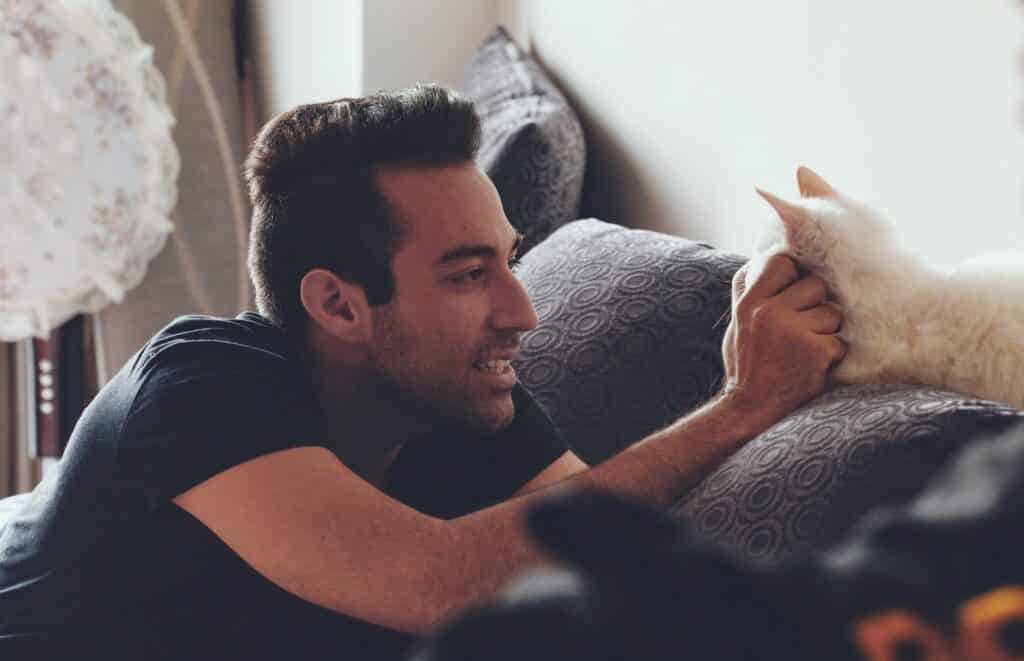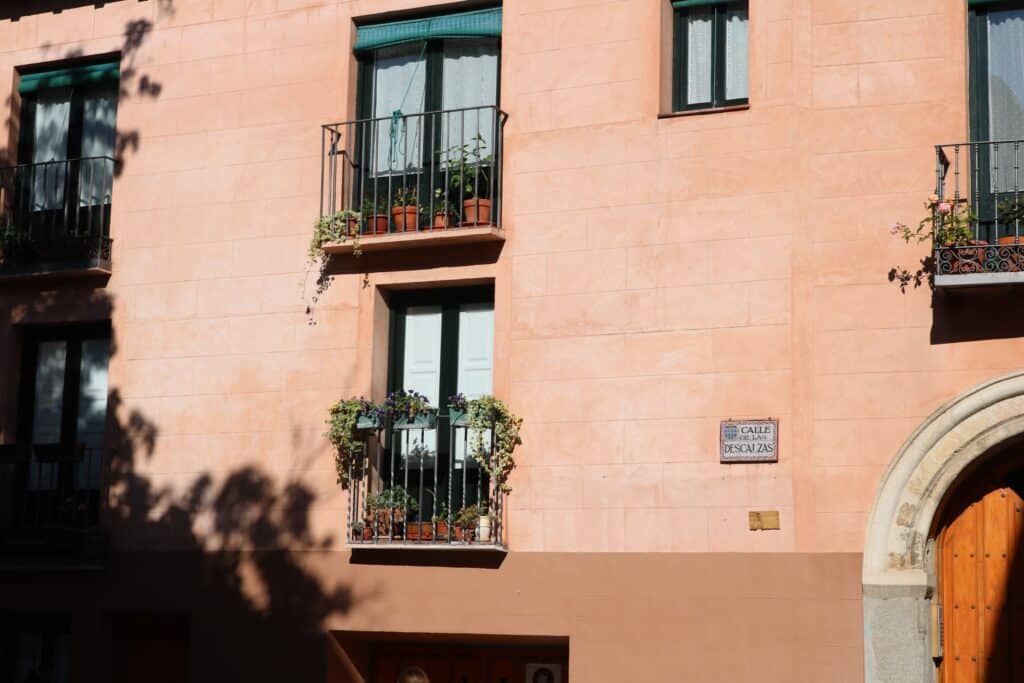If you’re moving to Spain, you’re heading for a country renowned for its climate, culture, and cuisine – not to mention the high quality of life. But there will be lots of practical considerations amid the excitement, and one of your most pressing priorities may be finding a place to live.
There’s certainly a wealth of options whether you’re moving to Madrid, Barcelona, Seville, or any other city or town, but here at Remitly we know there can be a lot of information to process when planning to settle in a new country. So, read on for our quick guide to renting a property in Spain.

1. Finding the right place to live
You can plan well ahead when it comes to pinpointing potential properties. Rather than having to visit numerous different estate agents in person after arriving in Spain, you can start your search online, before arriving in the country. While it’s possible to look at individual agents’ websites to see what they currently have on offer, it’s probably easier to check out property portals that bring together listings by different agents in one, easy-to-browse place.
A leading example of an aggregator portal in Spain is Idealista, which covers the full range of options, including houses, apartments, and single rooms in shared accommodation. You can use a large menu of filters to narrow your search to renting properties in Spain with your precise specifications in a particular area within a city. If you’re looking for a shared property, you’ll be able to read profiles written by the current tenants themselves, so you can see if you might be a good fit before even contacting them.
Other all-round popular property portals in Spain include Spotahome, Fotocasa and Habitaclia, while any immigrants who have their hearts set on finding housemates should check out Piso Compartido, which specialises in these kinds of dwellings. Sharing an apartment or house can be a great way to save on rental costs and make friends in Spain, so it’s well worth seeing what’s available.
2. Viewing the property
You can express interest in a property directly through the portal sites. Then, it may be possible to arrange an initial viewing online, through Zoom, Skype or other streaming software. This can be a good way to decide which properties you’d like to shortlist for in-person viewings when you’re actually in Spain. It is important to do this, as it’s only by seeing the property up close that you can be sure it’s right for you, and that there aren’t any serious issues like damage to the structure, or faulty furniture and appliances.
When conducting viewings, you should ensure you look at as much of the property as possible, to be certain it lives up to its online description and meets your standards. You should also double check various details about the tenancy agreement, including the following: In addition, inquire about the length of the tenancy and any specific terms that may affect your living experience. It’s important to understand what’s included in the rent, such as utilities or maintenance services. Always remember that renting a property in the UK involves evaluating both the physical space and the legal obligations set forth in the agreement.
- Are any household bills included?
- Which items of furniture will come with your room or apartment/house, and which will be taken by any tenants who are leaving? This includes carpets and basic kitchen appliances.
- Are tenants allowed to repaint or otherwise redecorate the property at all?
- Does the property have broadband set up already?
- Should the landlord or agent be contacted if there are any emergencies, such as a leaking ceiling or a broken boiler?
- Do tenants have to abide by any particular restrictions, such as no pets?
3. Providing documentation
Once you’ve found somewhere you like, it’s time to look at the contract for the tenancy and provide some official documentation. This will typically mean showing:
- Official identification, such as your passport
- Proof of Spanish residency status
- Proof of your employment in Spain, such as an official letter from your employer or employment contract
- Evidence that you’re able to pay the rent, such as recent bank statements or pay slips
- Personal references from a previous landlords and/or others
- Your NIE, or foreigner tax identification number
4. Paying your deposit and first month’s rent
Once your documents have been approved to rent a property in Spain and you’re ready to progress to becoming the official tenant, you’ll be expected to make a couple of payments. First, you’ll usually be expected to pay at least your first month’s rent in advance. Depending on how cautious the landlord is, you may have to pay more than that up front.
On top of this, there will typically be a security deposit payment. This is for the landlord’s peace of mind and is there to cover the costs of unpaid bills (if they are included in your rent) and damage that may occur to the property beyond the natural wear and tear that can occur over time. For example, if a window is smashed or a coffee table is broken by you or your visitors.
The deposit amount can be up to the equivalent of one month’s rent. It must be kept secure by a deposit protection scheme run by whichever of Spain’s autonomous communities you’re moving to. If the landlord claims not to be aware of this fact, you should point out that it’s a legal obligation. In the event of any dispute over the return of the deposit at the end of your tenancy, you should consult with the autonomous community authority to see if they can help resolve the matter.

5. Things to keep in mind
With the deposit and advance rent paid and the contract signed, you’ll be ready to move in and enjoy your new abode. Here are a few extra things to know about renting a property in Spain.
- Never sign any contract or agreement with a tenant in the property who claims to be acting on behalf of the landlord. They may be sub-letting without the landlord’s say-so.
- There’s always a risk that your landlord in Spain will try to keep your deposit, claiming that damage to the property is your responsibility. This is why it’s a good idea to take photos before you move in, paying particular attention to any existing flaws such as cracks in plaster, water damage, furniture stains, and so on.
- A long-term tenancy agreement is typically set for a year. The landlord will be legally obliged to extend this up to a maximum of five years (or seven if your landlord is a company). The exception is if your tenancy contract explicitly states that the landlord has the right to regain personal use of the property after the first year. In which case, the landlord must give you two months’ notice of their intention (or their relatives’ intention) to move in.
- When the maximum five or seven-year tenancy duration is reached, the landlord has the right to terminate your tenancy by giving at least four months’ notice.